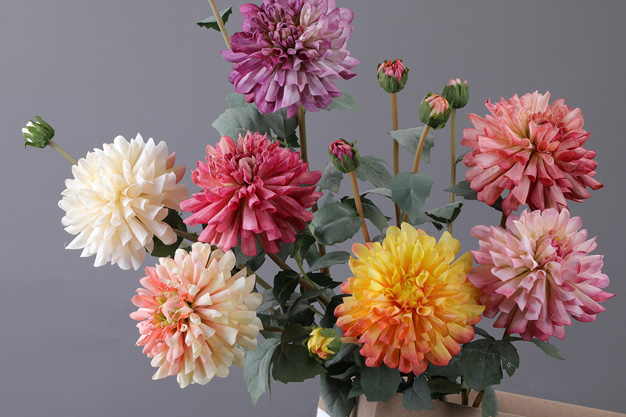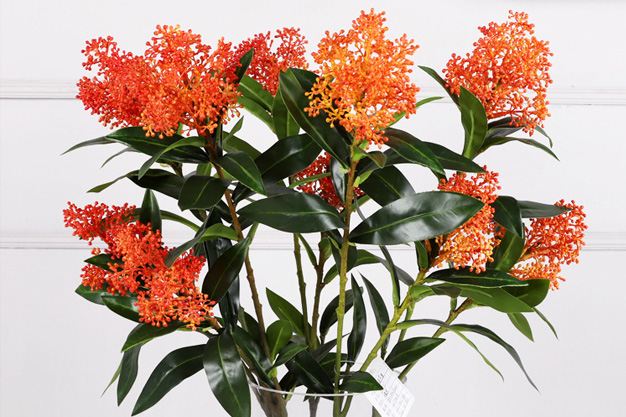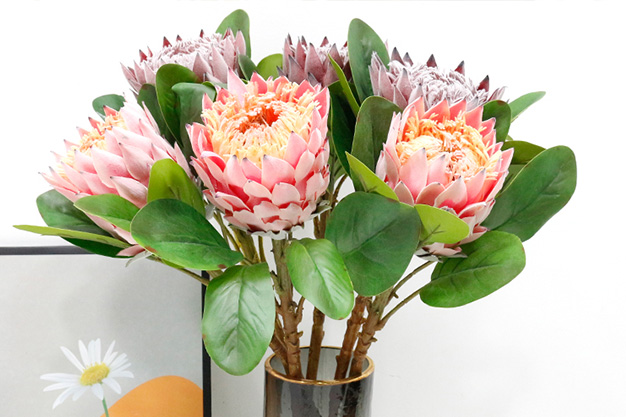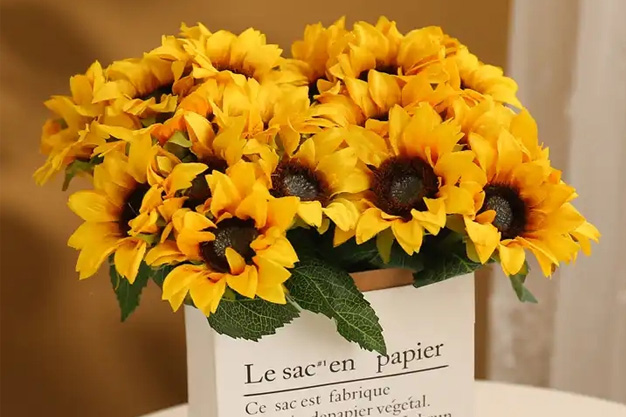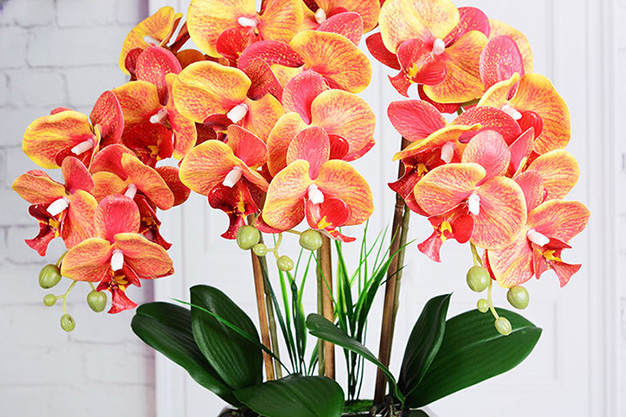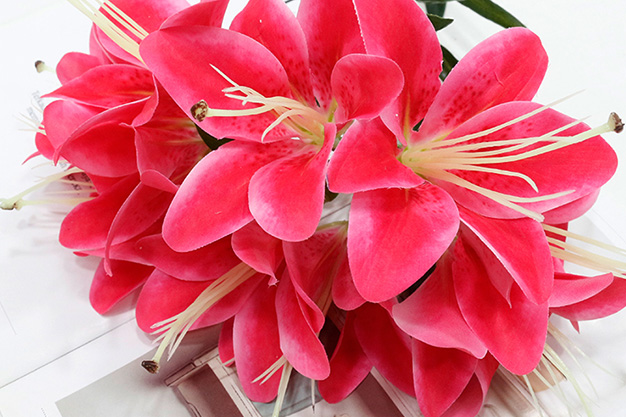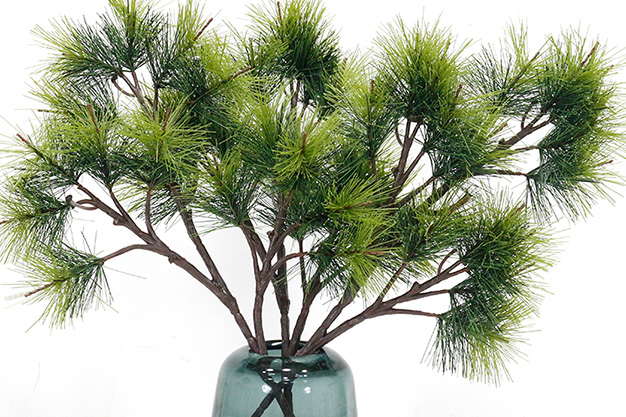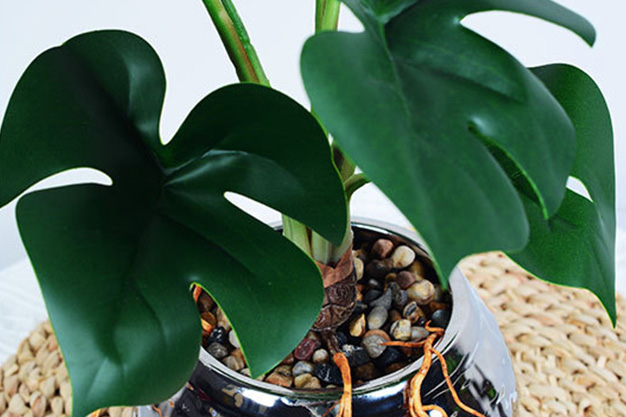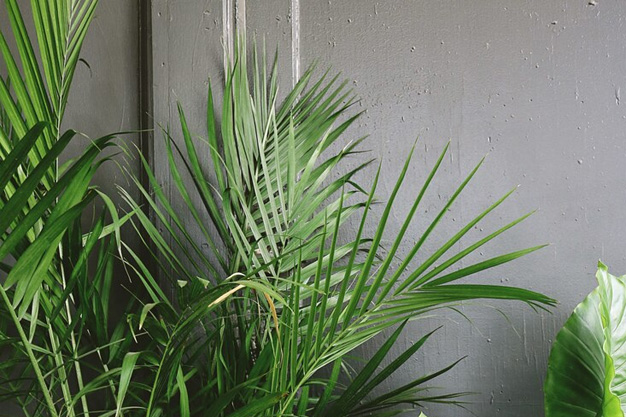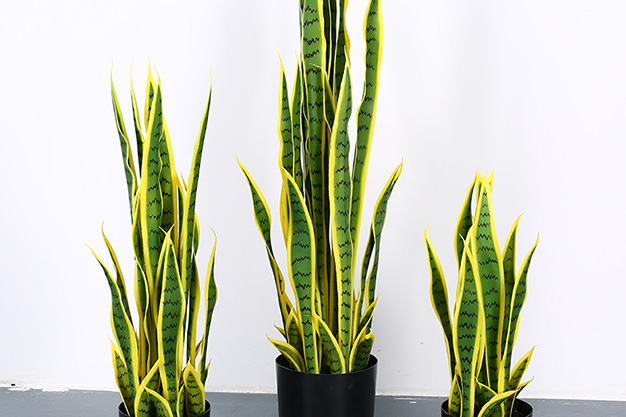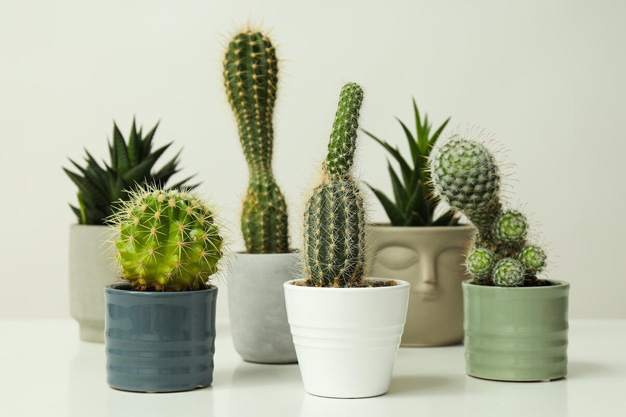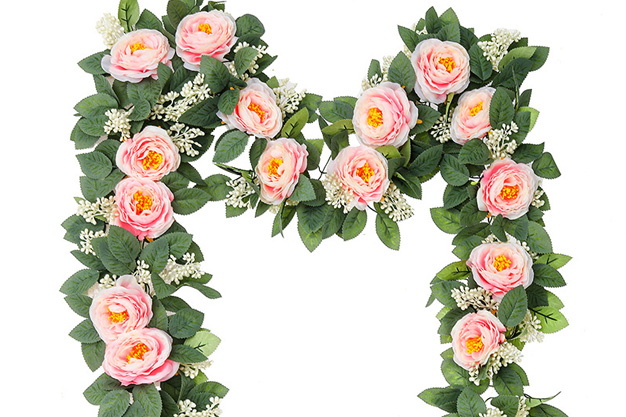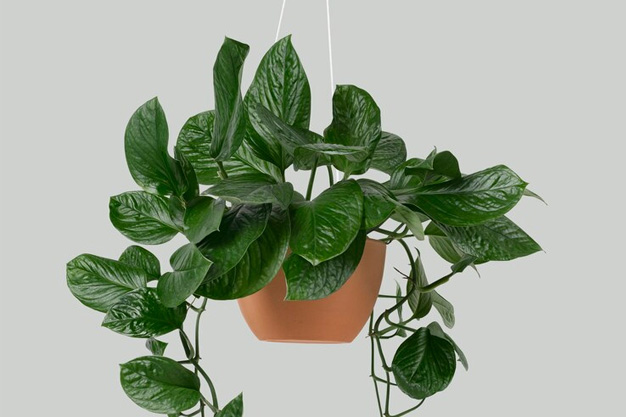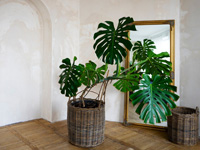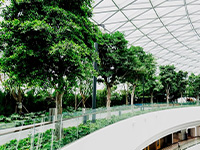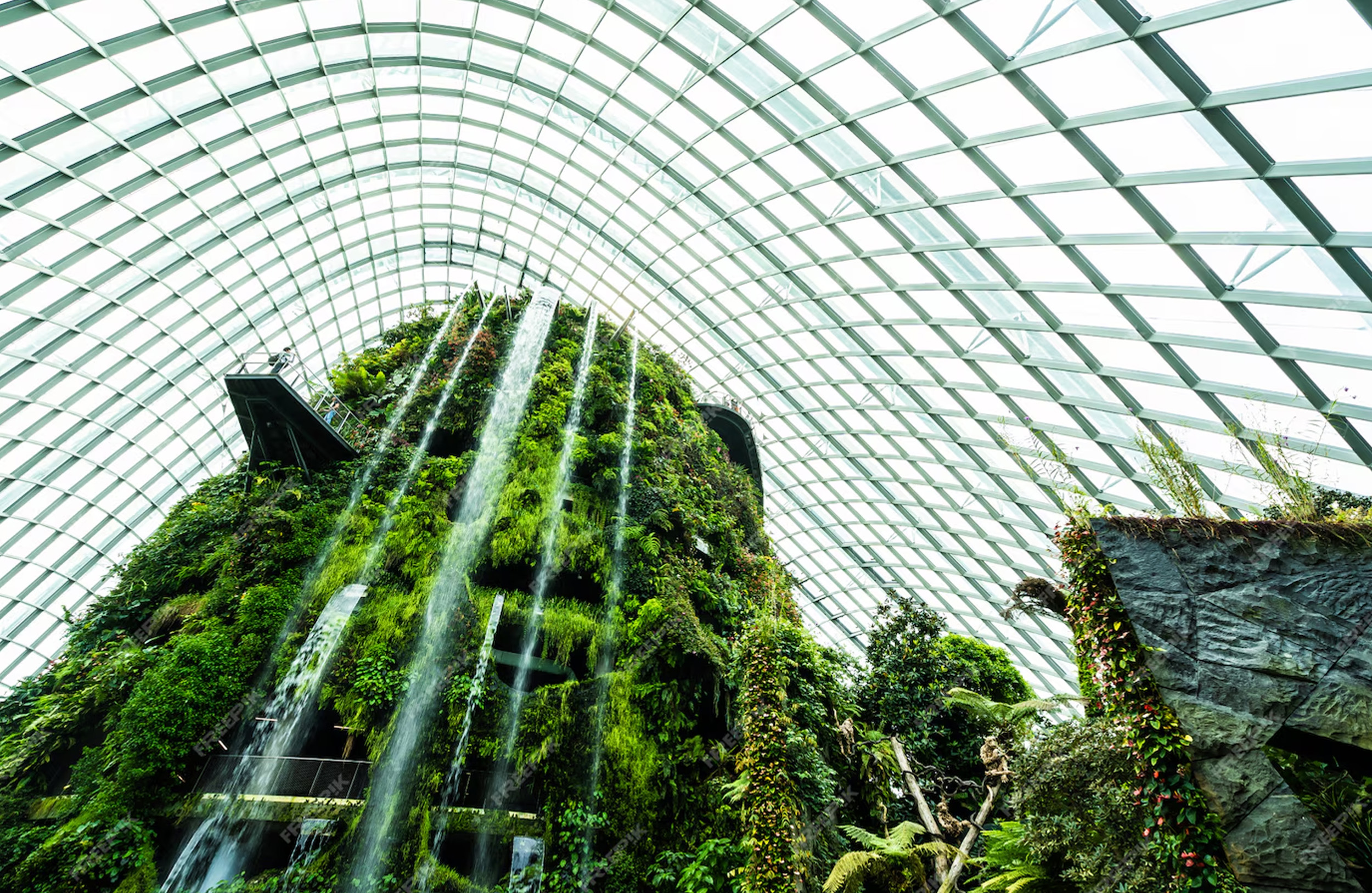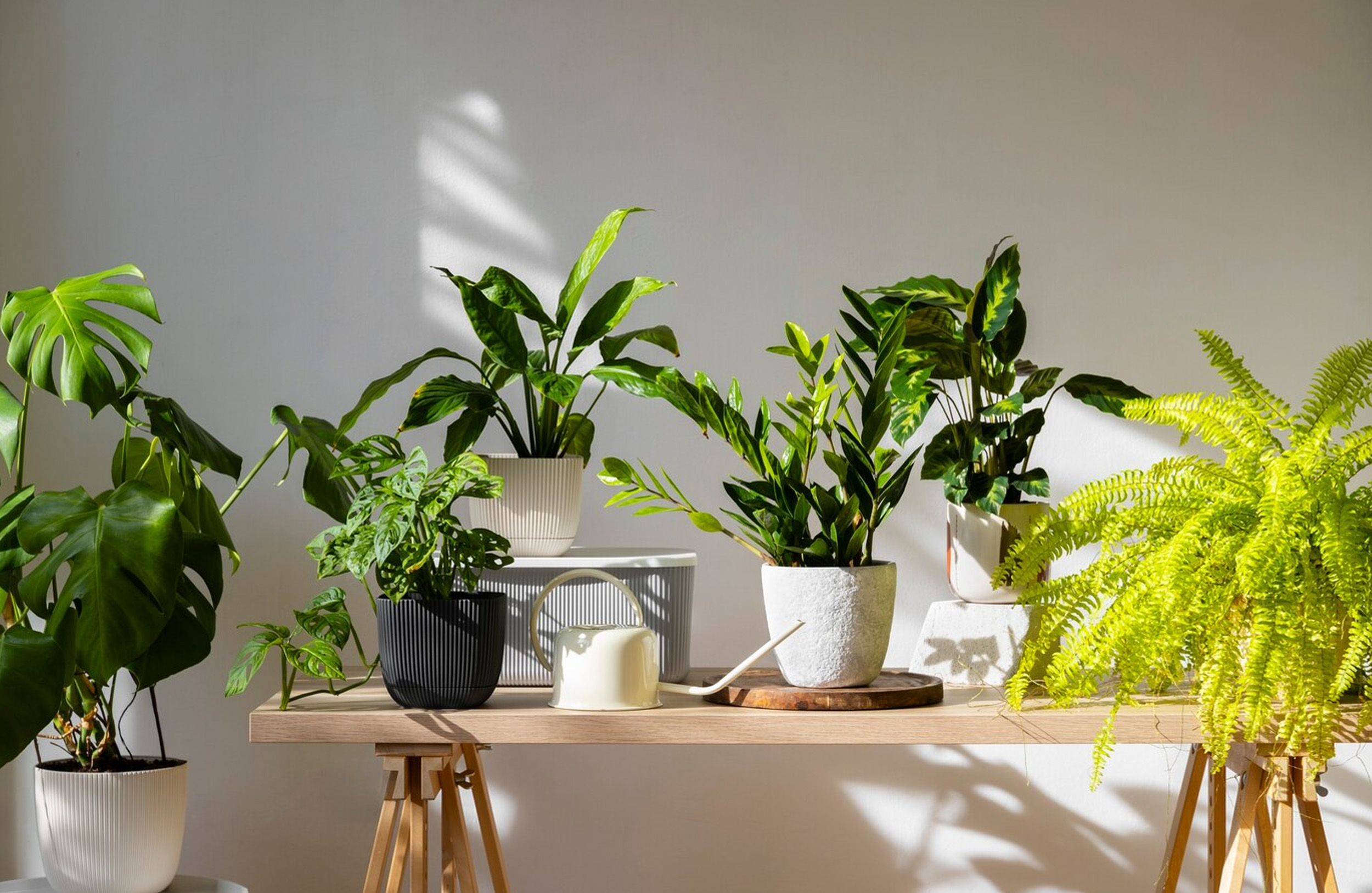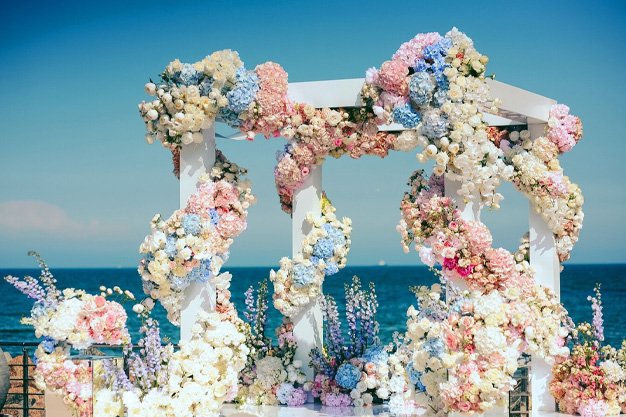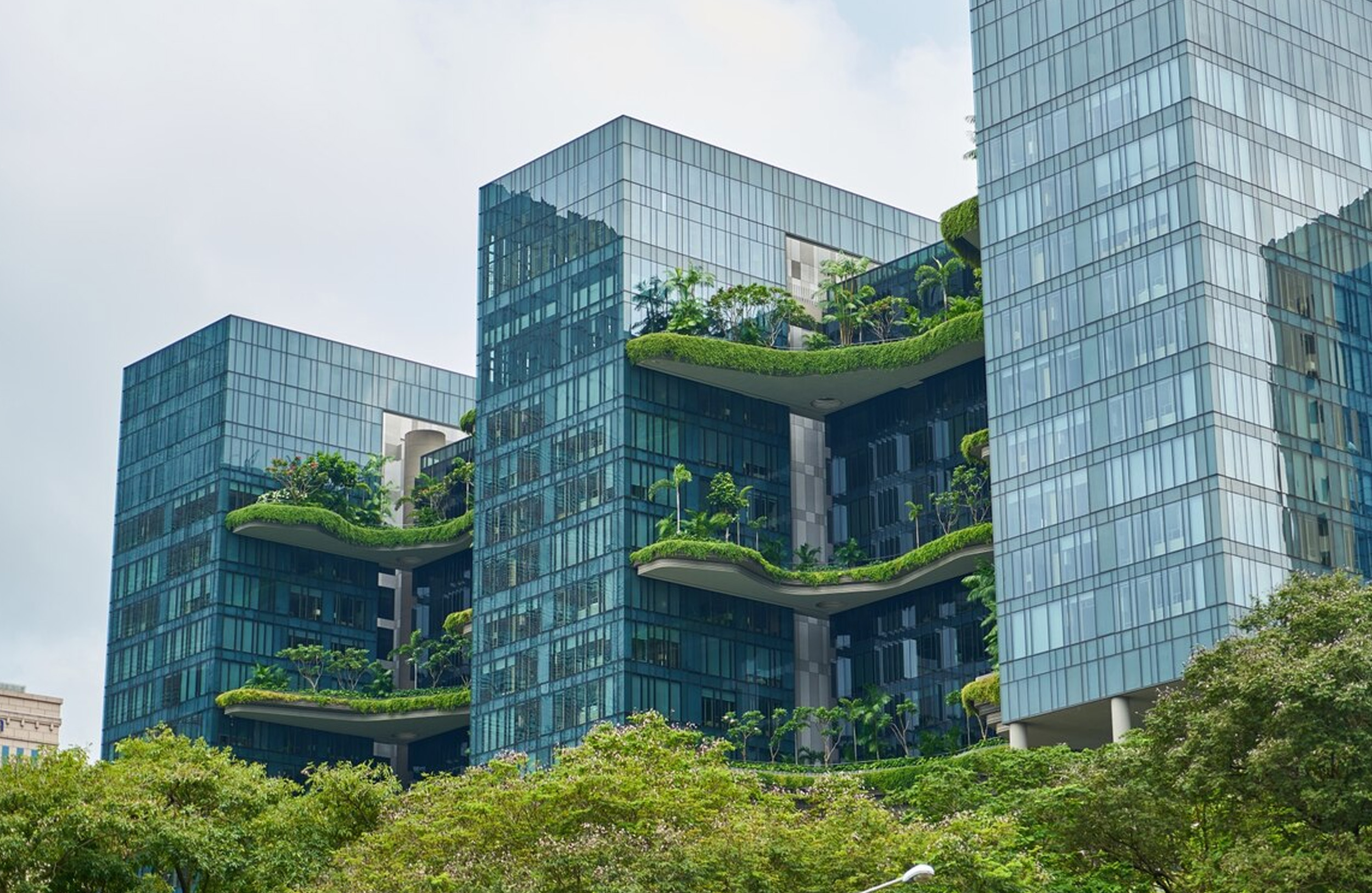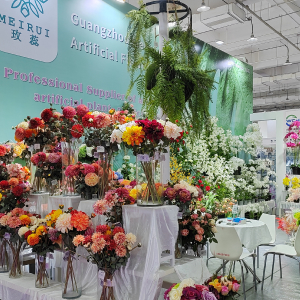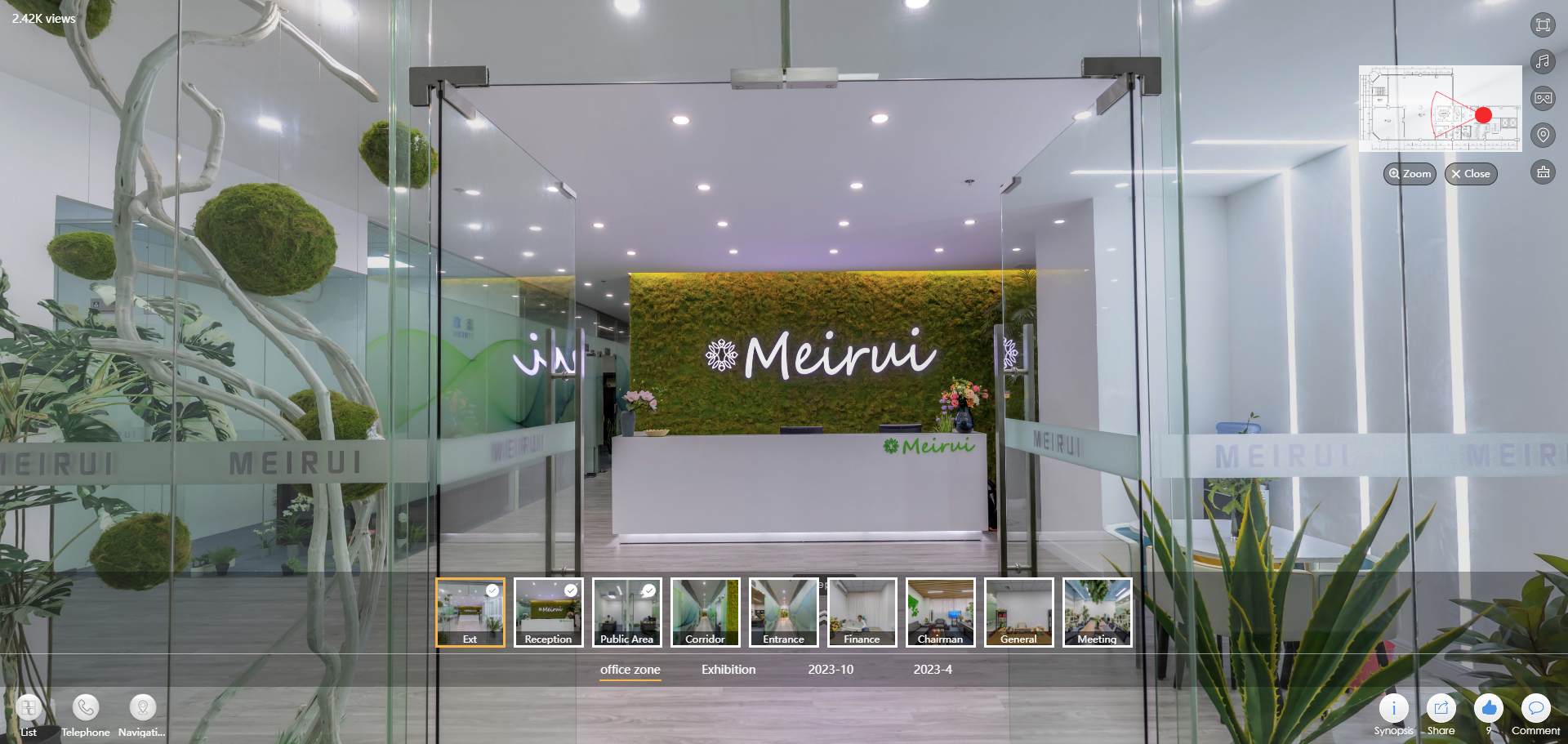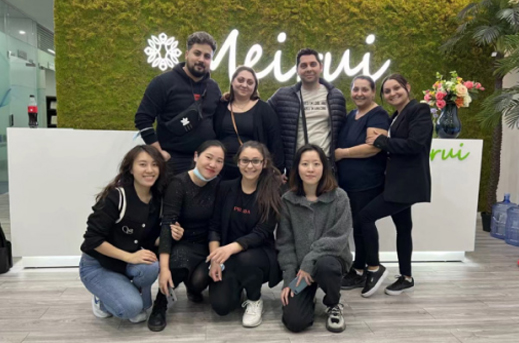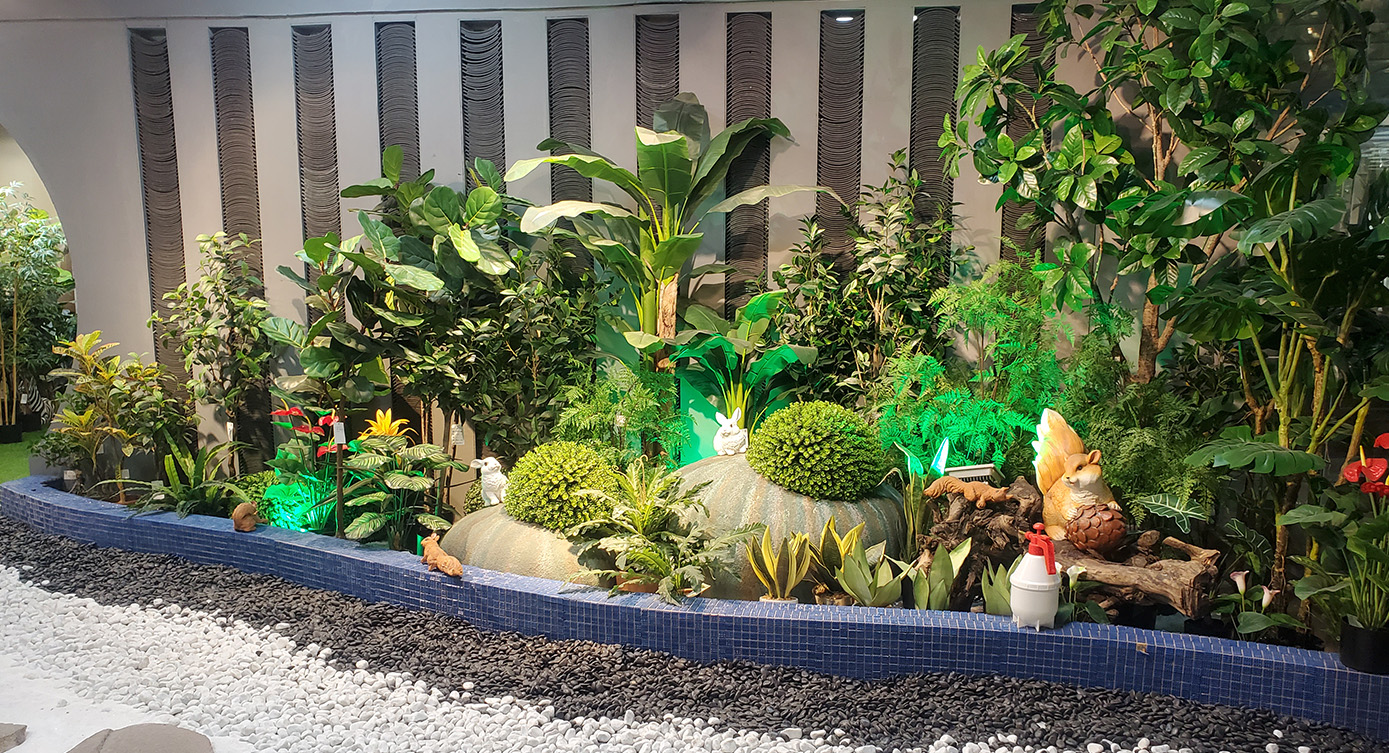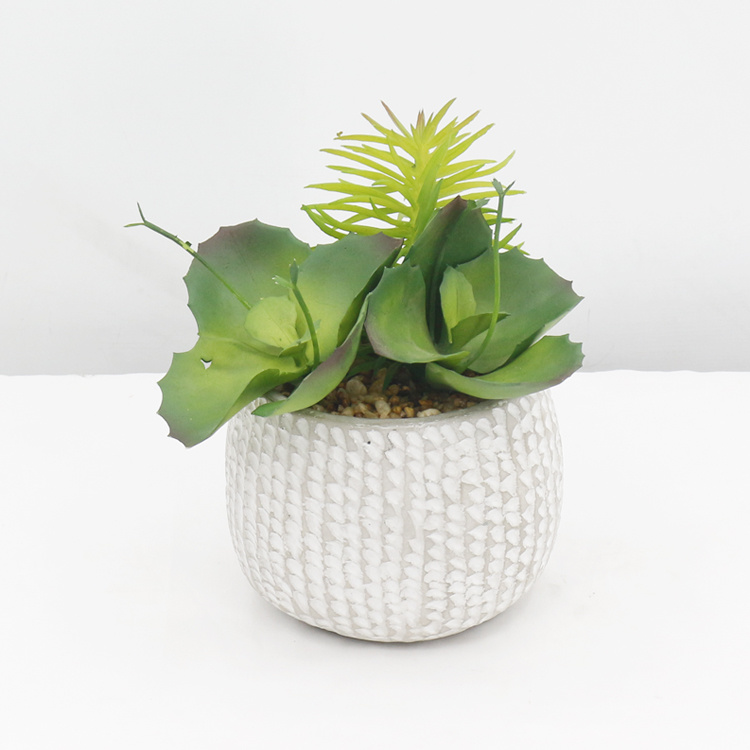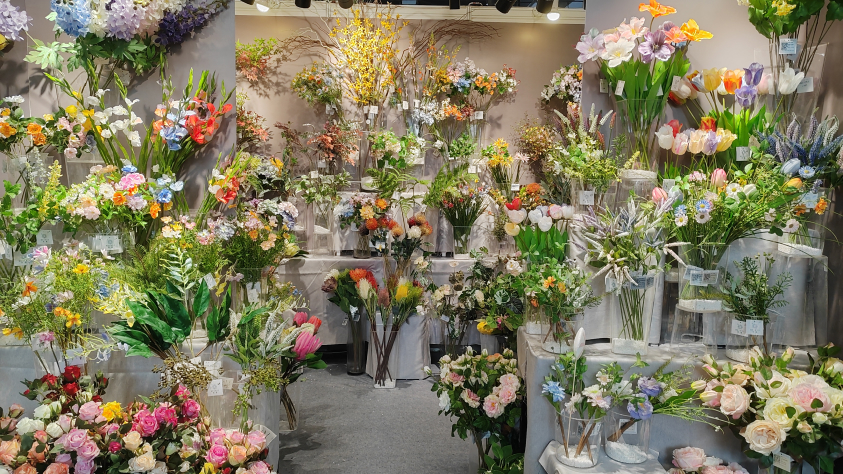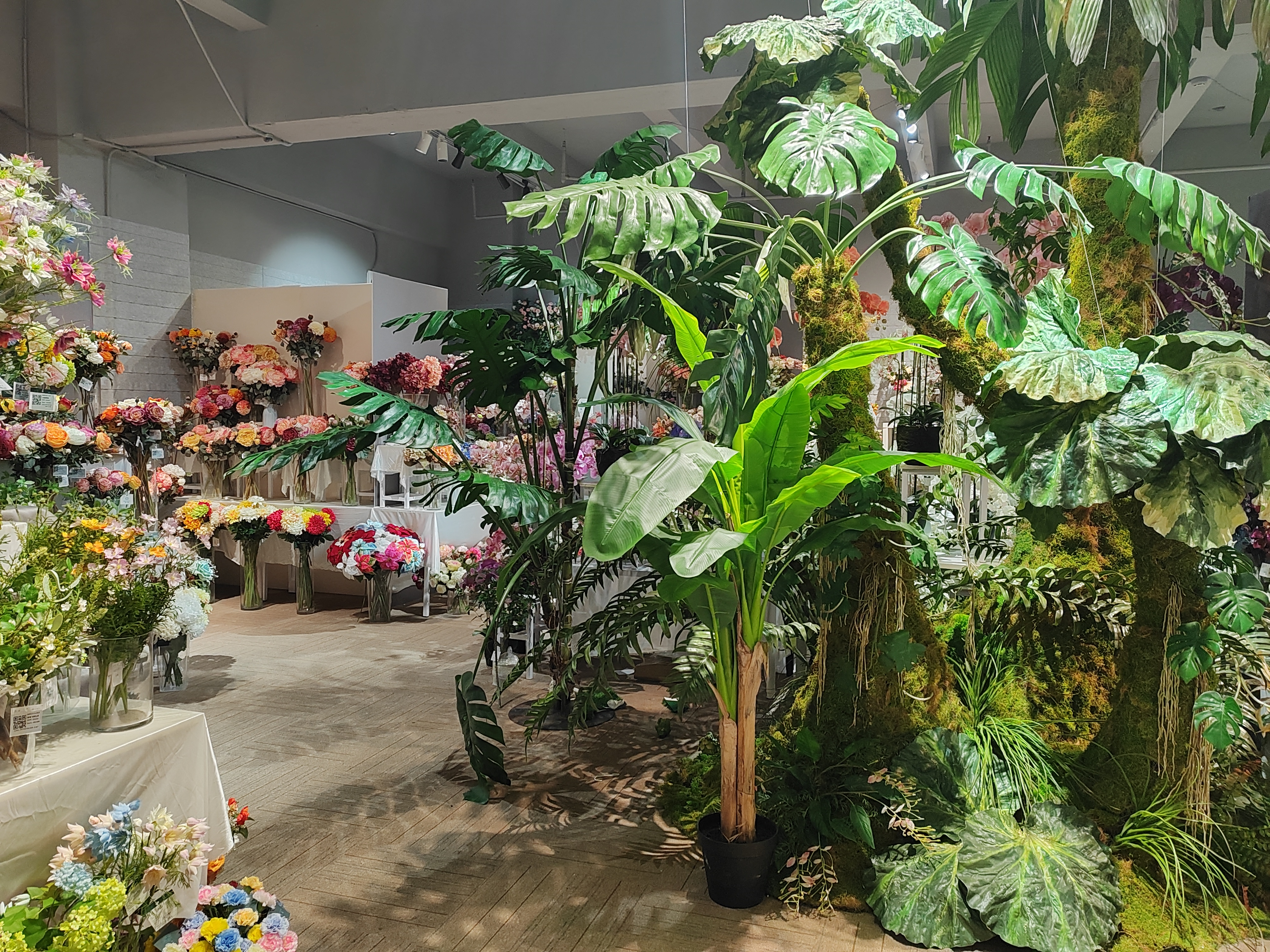

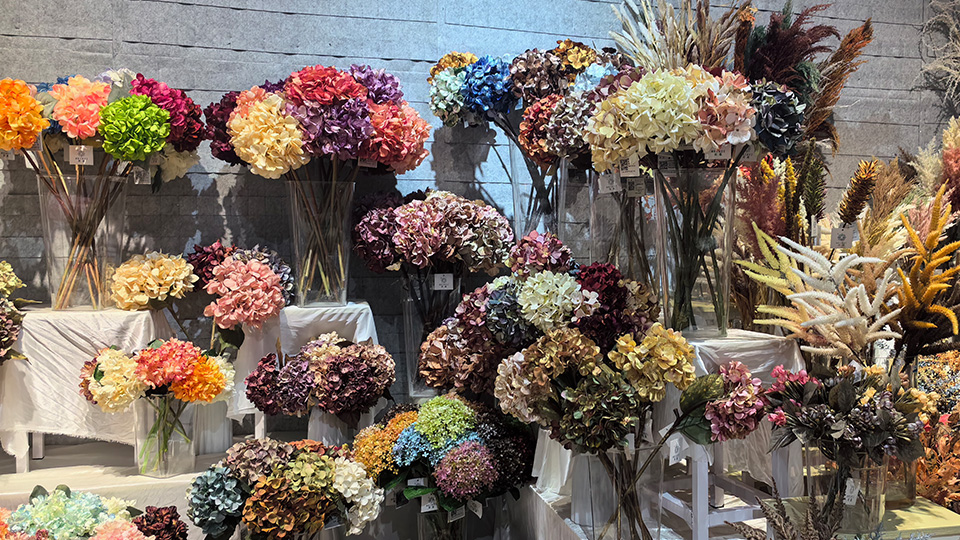
Artificial flowers have a long history dating back thousands of years, with evidence of their use found in ancient civilizations such as Egypt, China, and Rome. Traditionally crafted from materials like silk, wax, and clay, artificial flowers were cherished for their ability to mimic the beauty of natural blooms. However, it wasn't until the advent of modern manufacturing technology that artificial flower production underwent a significant transformation. In this blog, we explore the evolution of artificial flower manufacturing technology, highlighting the sustainable, innovative, and environmentally friendly advancements that have revolutionized the industry.
Early Techniques:
The earliest artificial flowers were painstakingly crafted by hand, using materials like silk, cotton, and wax. Skilled artisans meticulously shaped petals, leaves, and stems to create lifelike replicas of natural blooms, which were often reserved for royalty and the elite.
While these early techniques produced stunning results, they were labor-intensive and time-consuming, making artificial flowers a luxury afforded only by the wealthiest individuals. As demand for artificial flowers grew, manufacturers began seeking more efficient methods of production to meet consumer needs.
Industrial Revolution:
The Industrial Revolution of the 18th and 19th centuries brought about significant advancements in manufacturing technology, including the production of artificial flowers. Mass production techniques such as molding, stamping, and die-cutting were introduced, allowing for the rapid and cost-effective production of artificial blooms on a large scale.
During this time, materials like celluloid, crepe paper, and plastic became popular choices for artificial flower production. These materials offered durability and affordability, making artificial flowers more accessible to the general public. However, concerns about environmental sustainability were not a primary consideration during this period of rapid industrialization.
Modern Innovations:
In recent decades, artificial flower manufacturing technology has undergone a revolution, driven by advancements in materials science, engineering, and sustainability. Manufacturers have embraced innovative techniques and eco-friendly materials to create artificial flowers that rival the beauty and realism of their natural counterparts.
One of the most significant advancements in artificial flower manufacturing is the use of high-quality plastics and polymers. These materials are lightweight, durable, and flexible, allowing for the creation of intricate floral designs that capture the delicate beauty of natural blooms. Additionally, modern plastics can be recycled, reducing the environmental impact of artificial flower production.
3D Printing:
One of the most groundbreaking innovations in artificial flower manufacturing is the advent of 3D printing technology. 3D printing allows manufacturers to create highly detailed and customizable artificial flowers with unparalleled precision and accuracy.
Using computer-aided design (CAD) software, designers can create digital models of flowers, which are then translated into physical objects using a 3D printer. This allows for the production of artificial flowers in a wide range of shapes, sizes, and colors, with intricate details that rival those found in nature.
Sustainable Materials:
In response to growing concerns about environmental sustainability, manufacturers are increasingly turning to eco-friendly materials for artificial flower production. Recycled plastics, biodegradable polymers, and natural fibers are being used to create artificial flowers that are not only beautiful but also environmentally friendly.
By using sustainable materials, manufacturers can reduce the carbon footprint of artificial flower production and minimize waste. Additionally, eco-friendly materials offer durability and longevity, ensuring that artificial flowers can be enjoyed for years to come without harming the planet.
Energy-Efficient Production:
Another area of innovation in artificial flower manufacturing is the implementation of energy-efficient production processes. Manufacturers are adopting renewable energy sources, such as solar and wind power, to reduce their reliance on fossil fuels and lower their carbon emissions.
Additionally, advancements in automation and robotics have streamlined production processes, reducing energy consumption and improving efficiency. By embracing energy-efficient technologies, manufacturers can produce artificial flowers more sustainably while minimizing their environmental impact.
Conclusion:
The evolution of artificial flower manufacturing technology has been marked by innovation, sustainability, and a commitment to environmental stewardship. From the early techniques of handcrafting to the mass production methods of the Industrial Revolution and the modern innovations of 3D printing and sustainable materials, artificial flower production has come a long way.
Today, artificial flowers are more beautiful, realistic, and environmentally friendly than ever before. With advancements in manufacturing technology and a focus on sustainability, artificial flowers continue to enchant consumers around the world, offering a timeless and eco-friendly alternative to natural blooms.
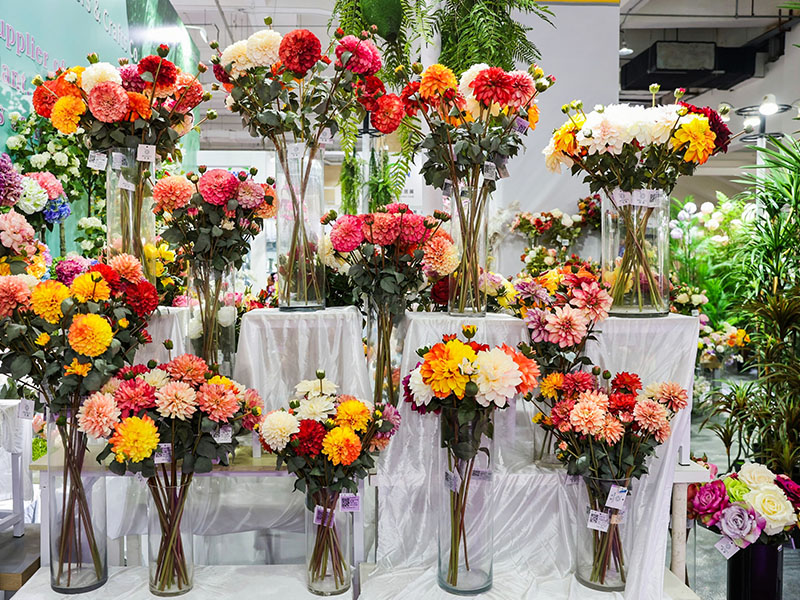
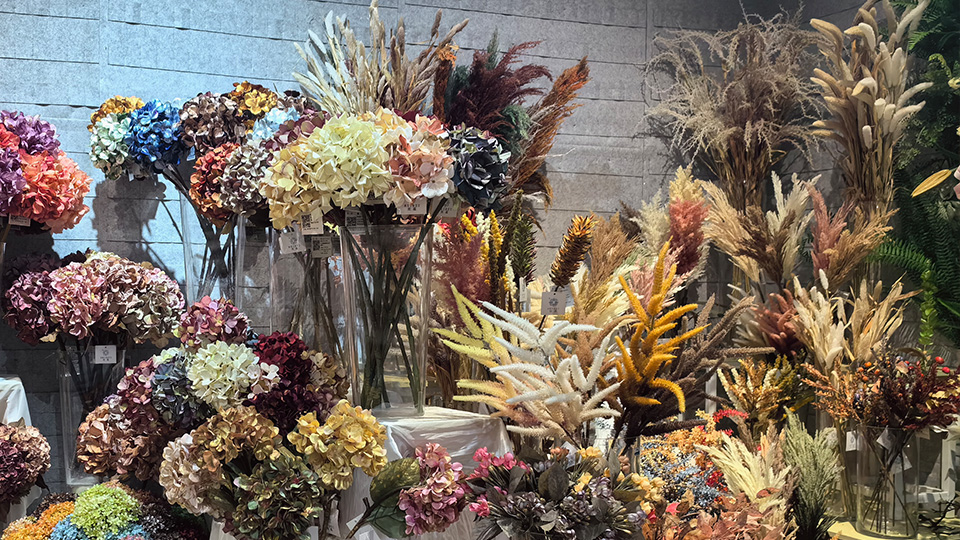

important to us





